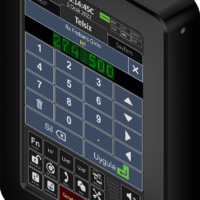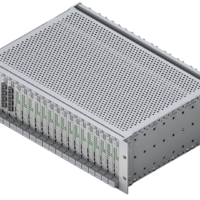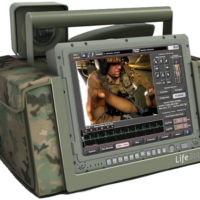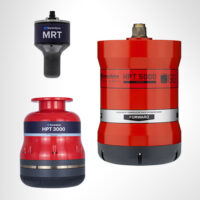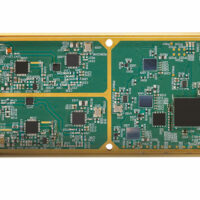Products (11)
Related Articles
Next-Gen Tactical Networking System for Universally Connected Warfighters
The Dismounted Operator's Combat Kit (DOCK) StreamCaster from Silvus Technologies and Kägwerks features an operator centric design, powerfully advanced networking performance, soldier worn AI, and is able to achieve spectrum dominance
April 18, 2024
Flat-Panel Satellite Antenna for Mobile Communications Launched
The Phasor L3300B antenna, set to be released to the market in Q3 of 2024, weighs only 30kg with a 150mm thickness, making it an ideal option for Armed Forces personnel and first responders operating in contested environments
April 17, 2024
USSOCOM Contract Award for Blackwave Next-Gen UAS Communications
Performance Drone Works (PDW) has been awarded a contract by USSOCOM for the next-gen radio system, Blackwave, designed to provide critical unmanned aerial system (UAS) communications in contested and congested environments
March 4, 2024
Platinum Partners
Gold Partners
Silver Partners








